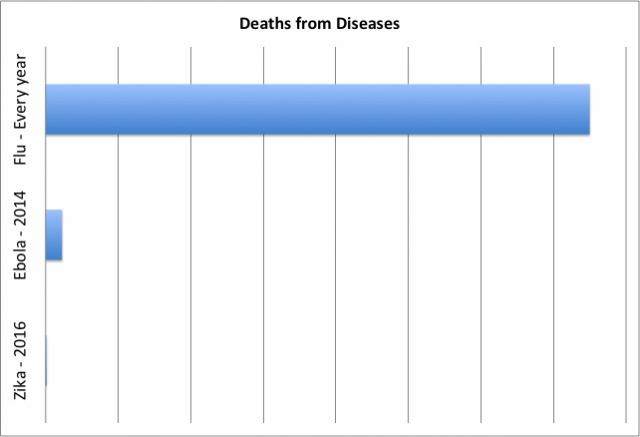(The following article was co-written by Dr. Jackie Smith — of the International Network of Scholar Activsts — and TCBH writer Alfredo Lopez. It is being published here and in other places.)
In October of 2006, Google launched its Apps for Education, with Arizona State University being its first client. Today there are more than 25 million individual users in both K-12 and higher ed institutions, and 74 of the top 100 universities use Google apps for their university communications and software applications.
Victor Alhadeff, CEO of Boost eLearning, a Google for Work and Google for Education partner, cites projected figures exceeding 110 million users by 2020. He notes that the current user base represents only about 4.5% of the potential market, and that there is tremendous potential for growth—mainly in developing countries.
Google’s educational packages include things like the google calendar, Google docs, Google classroom, gmail, and most recently it has added the Chromebook. Chromebooks are low-cost and easy-to-use notebooks that come with support and built-in access to Google Apps. They are offered to schools participating in Google for Education for $149. Google reports that it sold more than 1 million Chromebooks in just the second quarter of 2014. In November of 2014, the New York City School Department of Education adopted Chromebook as part of its approved and supported tools in its 1800 schools.
Schools across the U.S. and around the world are now “going Google,” as the companies marketers like to say.
 Google Drive in Our Colleges
Google Drive in Our Colleges
Why should we worry?







